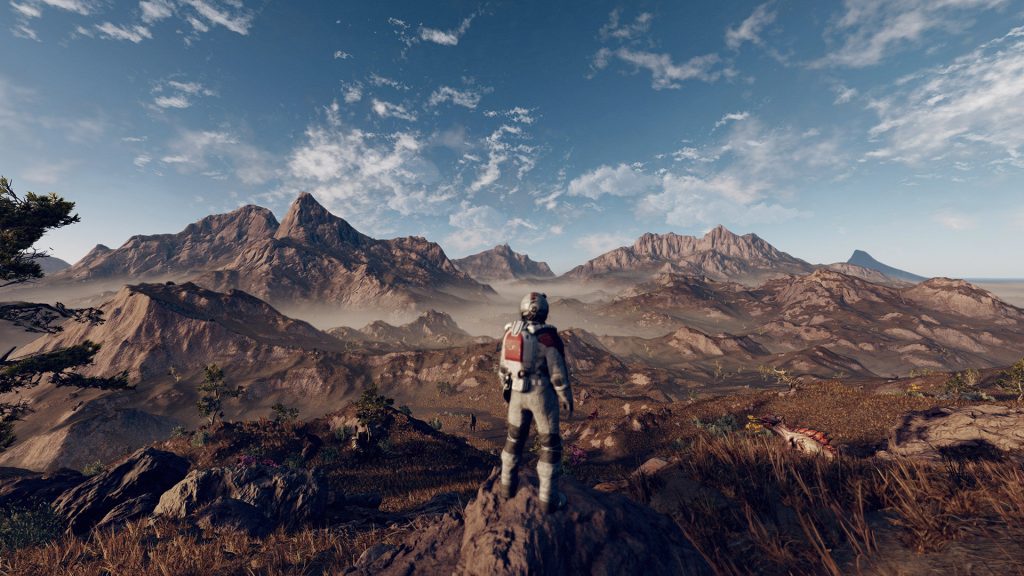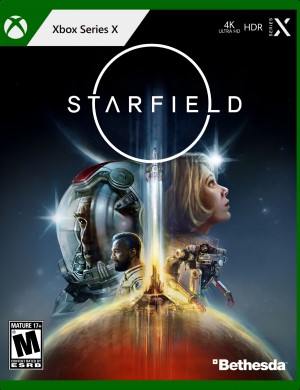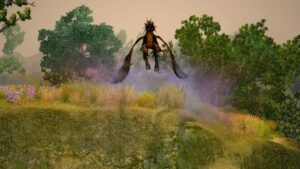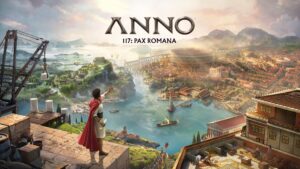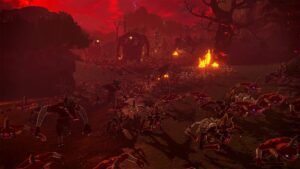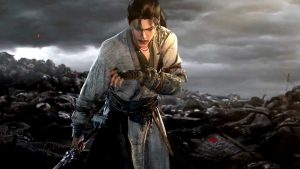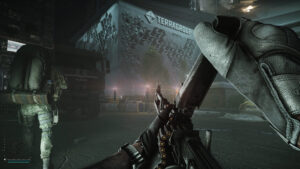Bethesda Game Studios’ Starfield has been one of the major talking points of Microsoft’s recent showcase. This is due to the purported scale of the RPG as director Todd Howard said there would be 1,000 planets across 100 systems that can be explored. Speaking to IGN, he said that the philosophy behind the design is about saying “yes as much as possible.”
“We do a lot of procedural generation [in Starfield], but I would keep in mind that we’ve always done that. It’s a big part of Skyrim in terms of questing and some other things we do. We generate landscape using procedural systems, so we’ve always kind of worked on it. [The Elder Scrolls 2: Daggerfall is] one we look at a lot in terms of game flow. And we had been developing some procedural technology and doing some prototypes, and it really started coming to a head with Starfield, in that we think we can do this.”
In terms of executing this visually, Howards notes, “So it starts with: Can you even pull it off, visually? You know, a planet. And a planet by itself, if you think about it in a game concept, just one planet is infinitely big if you’re going to do it in some realistic fashion. So once you’re dealing with scale like that, and procedural systems, the difference between, say, one planet that has some variation on it, and a hundred planets, or a thousand planets, it’s actually not that big of a leap, if that makes sense – once you have good systems working for that.”
Along with procedurally generated content, there’s a hefty amount that’s handcrafted and will be familiar to Bethesda fans. In its present state, Starfield has more handcrafted content than any previous game by the developer. “I should also add that we have done more handcrafting in this game, content-wise, than any game we’ve done. We’re [at] over 200,000 lines of dialogue, so we still do a lot of handcrafting and if people just want to do what they’re used to in our games, and follow a main quest, and do the questlines, you’re gonna see what you’d kind of expect from us,” said Howard.
“But then you have this whole other part of, ‘Well I’m just going to wander this planet, and it’s going to provide some gameplay, and some random content, and those kinds of things.’ Kind of like a Daggerfall would, if you go way back.”
Though several things may not have some inherent function, Bethesda still wants to have that option for players. “We’re also careful to let you know that’s what [that procedural content] is. So if you look at space, you know there are a lot of ice balls in space, so that was one of our big design considerations on this game is, ‘What’s fun about an ice ball?’
“And it’s OK sometimes if ice balls aren’t – it is what it is. We’d rather have them and say yes to you, ‘Hey, you can land on this.’ Here are the resources, you can survey it, and then you can land and spend ten minutes there and be like, ‘OK, now I’m going to leave and go back to the other planet that has all this other content on it, and I’m going to follow this questline.’
“So we’re pretty careful about saying, ‘Here’s where the fun is, here’s this kind of content,’ but still say yes to the player and, ‘You want to go land on that weird planet, check it out, and build an outpost, and live your life there, and watch the sunset because you like the view of the moons there? Go for it.’ We love that stuff.”
Starfield is coming to Xbox Series X/S and PC along with launching day one for Game Pass. It’s slated to release in 2023. For those sticking to the story, Howard said the main quest will be 30 to 40 hours long, about 20 percent longer than previous games. He also confirmed that Fallout 5 would be coming next after Starfield and The Elder Scrolls 6.








